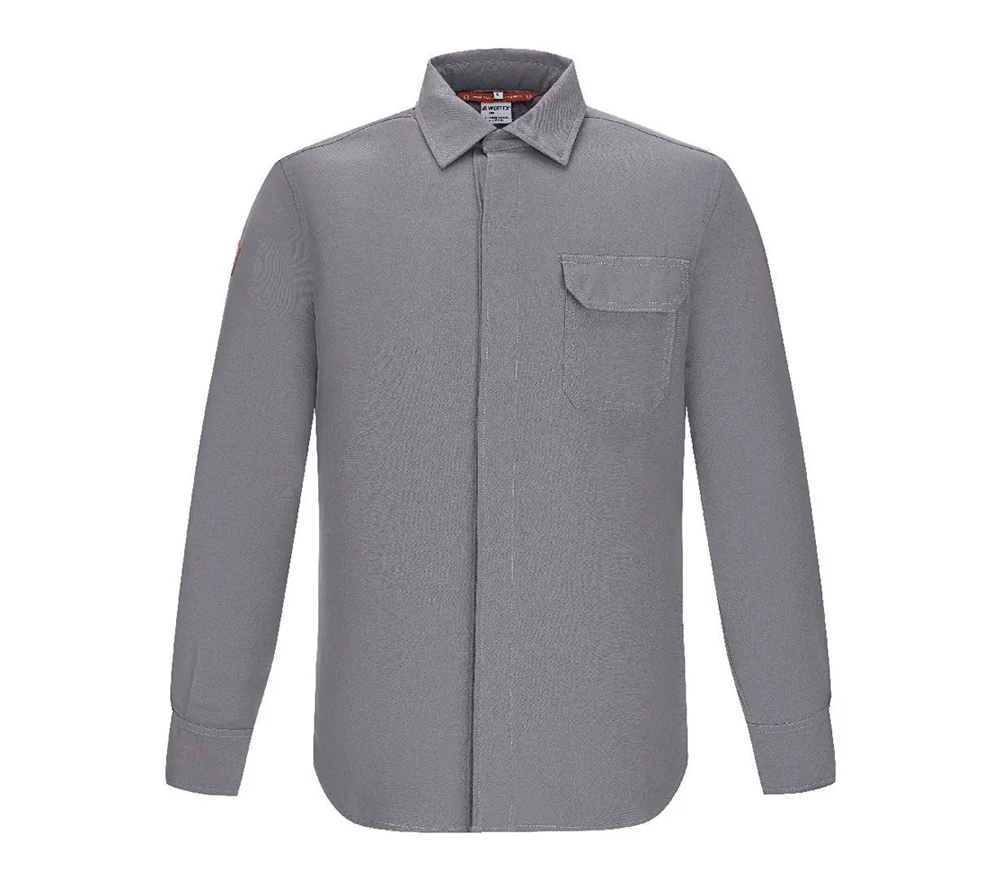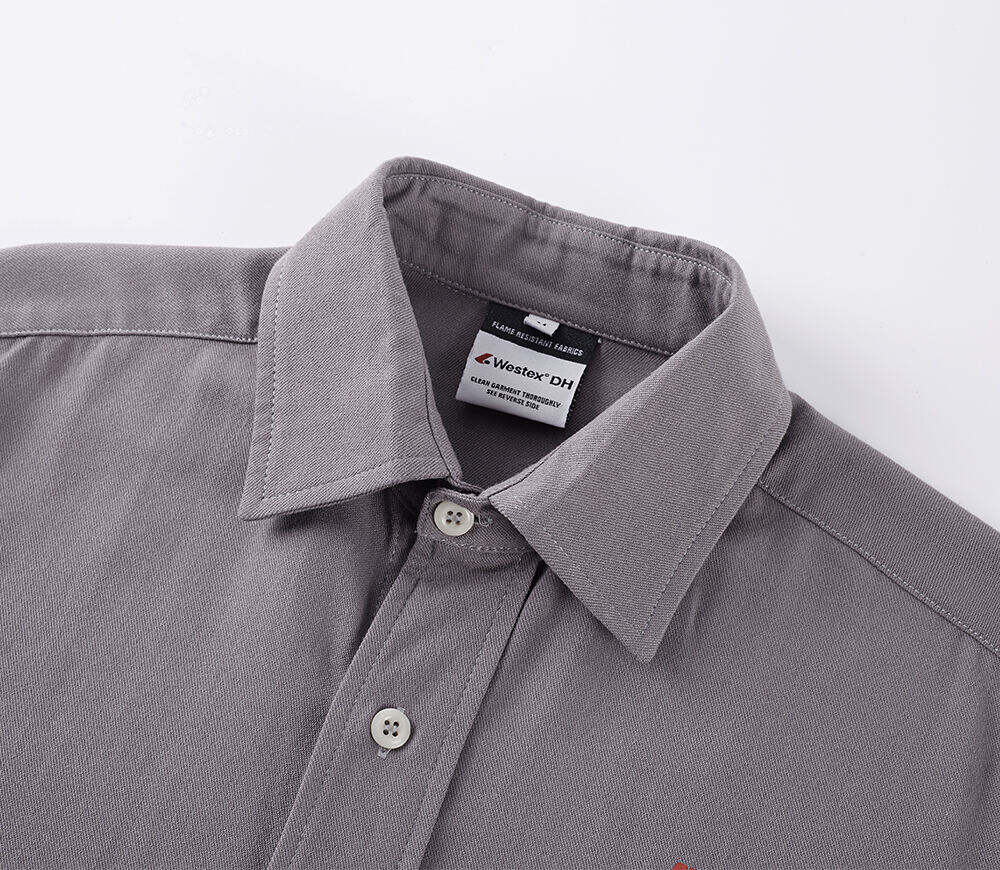In environments where arc flash hazards exist, ensuring the visibility of workers is just as important as providing them with arc flash protection. High - visibility arc flash garments combine the necessary arc - flash protection with bright, reflective elements to make workers easily noticeable, reducing the risk of accidents and improving overall safety.
High - visibility arc flash garments are designed to meet the dual requirements of arc - flash protection and high visibility. They are made from flame - resistant materials that have been tested and certified to provide the necessary level of protection against the thermal energy of an arc flash. These materials are often a blend of inherently fire - retardant fibers, such as aramid and modacrylic, which offer excellent heat and flame resistance. At the same time, the garments feature bright fluorescent colors, typically yellow or orange, which stand out against most backgrounds.
In addition to the base fluorescent color, high - visibility arc flash garments have reflective strips or patches. These reflective elements are made of a special material that reflects light back to its source, such as the headlights of a vehicle or the lights in a workplace. When light shines on the reflective strips, they create a bright, visible reflection, further enhancing the worker's visibility, especially in low - light conditions or areas with poor lighting. This is particularly important in industrial settings where there may be heavy machinery, moving vehicles, or other potential hazards. For example, in an electrical substation, a worker wearing a high - visibility arc flash jacket can be easily seen by colleagues and equipment operators, reducing the risk of collisions and accidents.
There are various types of high - visibility arc flash garments available, including jackets, shirts, pants, coveralls, and vests. Jackets and coveralls provide full - body protection and are often the primary choice for workers in high - risk arc - flash environments. They may have multiple reflective strips placed strategically on the front, back, and sleeves to ensure 360 - degree visibility. Shirts and pants can be worn underneath the jackets or coveralls for added protection and can also have reflective elements. Vests are a lightweight option that can be worn over regular clothing to provide high visibility and some level of arc - flash protection in less hazardous situations.
When selecting high - visibility arc flash garments, it's important to ensure that they meet the relevant arc - flash protection standards, such as NFPA 70E in the United States. These standards specify the minimum arc rating and other performance requirements for arc - flash protective clothing. Additionally, the garments should comply with high - visibility safety standards, such as ANSI/ISEA 107, which sets guidelines for the design, performance, and labeling of high - visibility clothing.
The fit and comfort of high - visibility arc flash garments are also important considerations. Workers need to be able to move freely and comfortably while wearing their protective clothing, especially in physically demanding jobs. Look for garments that are available in a range of sizes and have adjustable features, such as waistbands, cuffs, and collars, to ensure a proper fit. Breathable fabrics can help to keep the worker cool and reduce the risk of heat stress, especially in hot working environments.
Regular inspections of high - visibility arc flash garments are essential to check for any damage or wear and tear. The reflective elements may become faded or damaged over time, reducing their effectiveness. The flame - resistant properties of the fabric may also degrade with repeated washing and use. If any damage is found, the garments should be repaired or replaced immediately to ensure continued protection and visibility.
In conclusion, high - visibility arc flash garments are an important safety solution for workers in environments with arc flash hazards. By combining arc - flash protection with high visibility, they help to prevent accidents and injuries, ensuring the safety and well - being of workers in these challenging settings.


